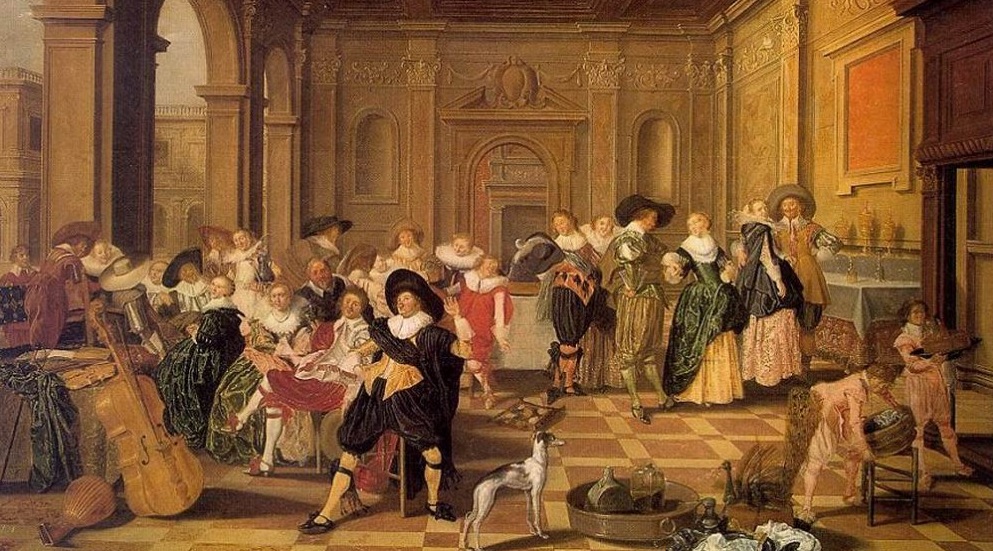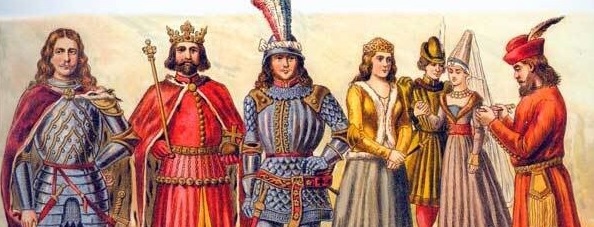During the Middle Ages, the nobility played a prominent role in European society, wielding significant political, economic, and social power. While the term “noble” generally referred to individuals of high social standing, there were many different types of nobles, each with their own unique set of rights, privileges, and responsibilities.
Key takeaways:
- There were various types of nobles, including dukes and duchesses, marquesses and marchionesses, earls and countesses, and barons and baronesses
- Knights were not technically nobles but held a high social status and received special training in martial arts and chivalry
- Vassals were individuals who held land from a lord in exchange for military service and other obligations
- Nobles held significant political, economic, and social power, and were expected to serve their communities and protect their lands

Here are the different types of nobles in Medieval times.
Dukes and Duchesses
Dukes and duchesses were the highest-ranking nobles in medieval Europe, typically holding positions of great power and influence. In some cases, they even ruled over entire regions or countries, while being responsible for the administration and defense of their lands.
Dukes and duchesses often held titles that were passed down through their families, and their descendants were considered to be members of the nobility.
Marquesses and Marchionesses
Marquesses and marchionesses ranked just below dukes and duchesses in the hierarchy of medieval nobility. They often held large estates and wielded significant political power, and were expected to participate in the administration of their lands and the defense of their communities.
Like dukes and duchesses, marquesses and marchionesses were often hereditary titles, passed down through the generations.
Earls and Countesses
Earls and countesses were the next highest rank of nobility below marquesses and marchionesses. They typically held large estates and exercised significant influence within their communities, but they answered to higher authorities such as dukes and kings.
Earls and countesses often served as administrators and judges on their estates, and were expected to participate in the defense of their lands in times of war.
Barons and Baronesses
Baron and baronesses were the lowest rank of nobility in the hierarchy of medieval Europe. They typically held smaller estates and exercised less political power than higher-ranking nobles, but they still enjoyed many privileges and held significant social status.
Barons and baronesses often served as local officials and administrators on their estates, and were expected to participate in the defense of their communities in times of war.
Knights
While not technically nobles themselves, knights were an important part of the medieval social hierarchy. They were typically the sons of nobles or wealthy landowners, and received special training in martial arts and chivalry.
Knights were expected to serve their lords in times of war and to uphold the values of honor and courage. In some cases, they were granted land or other privileges in return for their service.
Vassals
Vassals were individuals who held land from a lord in exchange for military service and other obligations. While they were not considered nobles in the same sense as dukes or earls, vassals enjoyed many of the same privileges and held significant social standing within their communities.
Vassals were expected to be loyal to their lords and to serve them in times of war, and in return they were granted the use of land and other resources.
Who Could Become a Noble During the Middle Ages?
Nobility was typically inherited through birth, which meant that an individual’s status as a noble was determined by the social status of their parents. In some cases, individuals could also be elevated to the nobility through marriage, by serving as a knight or vassal to a lord, or by receiving a title or honor from a monarch.

Generally, it was quite difficult for individuals who were not born into noble families to become nobles themselves, as there were strict social and legal barriers that prevented social mobility.
Were Medieval Lords and Nobles the Same Thing?
Despite usually being considered the same, Lords and Nobles were not the same thing in medieval times. Lords were individuals who held land and exercised authority over it, while nobles were individuals who held a high social standing and enjoyed certain privileges and rights because of their birth or status.
Some lords were also nobles, but not all lords were nobles. For example, a noble such as a duke or earl might also be a lord, as they would hold land and exercise authority over it. However, other individuals who held land and exercised authority, such as wealthy landowners without a noble title, would be considered lords but not nobles.
Conclusion
During the Middle Ages, the nobility was a powerful and influential group in European society. While there were many different types of nobles, each with their own unique rights, privileges, and responsibilities, they all shared a common bond of high social standing and a sense of duty to serve their communities and protect their lands.
Whether as rulers, administrators, or military leaders, the nobles of the Middle Ages played a vital role in the functioning of medieval society.
